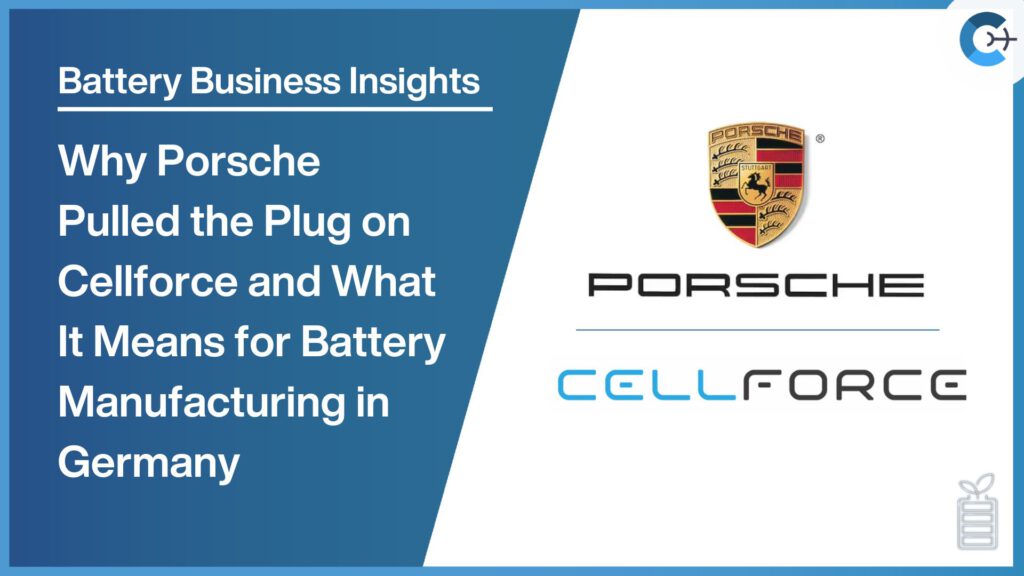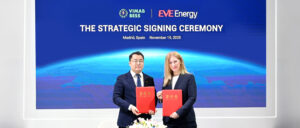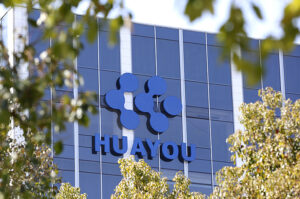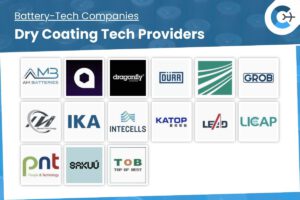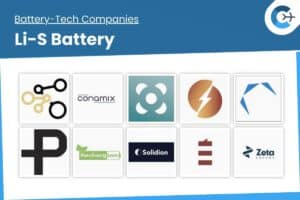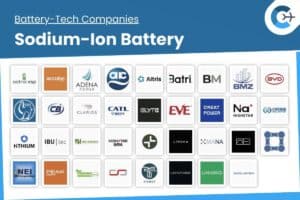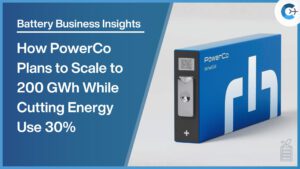Welcome back to this week’s Battery Business Insights article on Cellforce. News of Porsche’s sweeping layoffs hit the German battery community hard, touching off debate about the real health of Europe’s EV supply chain. Today we unpack why Cellforce is shutting almost everything down, how many people are affected, and what comes next for the site—and for European cell ambitions.
By the Numbers
- 286 employees pre-announcement; 200 slated for termination (70 %)
- €60 million in federal-state subsidies committed since 2021
- €295 million depreciation charge is expected in Porsche’s 2025 accounts
- Original scale-up target under full Porsche ownership: 20 GWh
- Pilot capacity planned: 100 MWh, or cells for ~1,000 sports cars a year
Background: From Flagship Venture to Financial Strain
Cellforce launched in 2021 as a Porsche–CustomCells joint venture aimed at silicon-rich pouch cells for high-performance sports cars. Government grants worth roughly €60 million helped secure the Kirchentellinsfurt site, and construction started in 2022 with pilot output of 100 MWh on the horizon, scaling to 1 GWh. After Porsche bought full control in 2023, management floated a dramatic leap to 20 GWh, betting that larger volume would tame costs.
Where We Stand: An In-House Battery Manufacturing Cost Wall
By mid-2025, reality caught up. EV sales flattened in the U.S. and China, and Asian giants such as CATL and BYD continued to lower prices. Porsche said the smaller, Europe-based plant could not hit a viable cost per kilowatt-hour without global-scale orders. On August 25, 2025 the company confirmed that production plans were off, 200 of 286 jobs would go, and only a slim research team would stay on. Notices land this week, with employment ending November 30. PowerCo has been asked to absorb some engineers, yet relocation 400 km away is hardly a solution for most families.
Impact: Talent Drain, Public-Money Questions, and a Broader Chill
Losing two-thirds of Cellforce’s staff removes a critical mass of battery chemists, process engineers, and quality specialists from Baden-Württemberg’s budding cell cluster. IG Metall fears the know-how will scatter to China, the U.S., or defense firms eyeing the site. Meanwhile, taxpayers are left with a partly idle facility built with IPCEI funds and nearly €300 million in equipment write-downs. The episode adds to Europe’s confidence crisis following Northvolt’s bankruptcy, reinforcing the sense that continental players still lack the scale—and policy support—to withstand global shocks and competition.
What Happens to the Plant?
Porsche is evaluating three options:
- Sell the line intact if a strategic buyer appears. BMW engineers have toured the plant, but no bid has surfaced.
- Re-tool the space for low-volume prototype work under Porsche’s R&D umbrella.
- Liquidate assets, even if specialized equipment is only worth cents per euro.
Local officials are concerned that a fire sale will undermine regional battery aspirations built around the Cellforce “anchor.”
What’s Next
Short term, Porsche will lean on external suppliers—likely Asian—while Cellforce’s shrunken lab focuses on silicon-rich chemistries for future 911 and Taycan variants. For Europe, the bigger task is crafting policy that bridges the cost gap with Asia: cheaper energy, easier permitting, and pooled demand across automakers. Without that, more regional cell manufacturing projects could follow Cellforce and Northvolt down the same path.
Opinion
Cellforce’s reversal is another wake-up call. Premium branding and public grants cannot offset the harsh economics of battery manufacturing without serious scale. Unless Germany and Europe solve their cost dilemma, their drive for a domestic cell base may stall before it truly begins or follow the path of US tariff protectionism.

